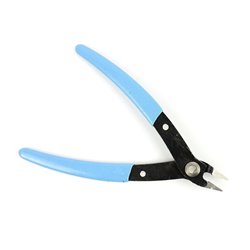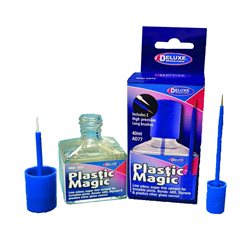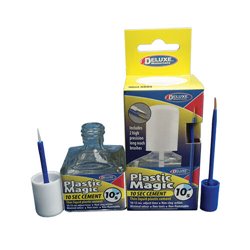There are tens of thousands of decals available covering a multitude of different models from trains, planes and...
No products
Product successfully added to your shopping cart
There are 0 items in your cart. There is 1 item in your cart.
Search Tips
Why should I test fit before gluing?
The reason for test fitting before gluing is simply to make sure the piece will actually fit into place.
One example of this would be, if you were building a plastic kit and are going to fit a piece with a square peg into a square hole you need to make sure it fits snuggly before gluing.
If there is a problem with fitting it is far easier to rectify when the pieces are not covered in glue. This will allow you to remove a build-up of paint on the peg and hole or cut to adjust fitting process. And no glue getting everywhere.
Once satisfied with the fit, glue into place.
Always follow the building instructions supplied with the kit as this will show the correct order of assembly for your kit.
For the ladies out there, us men do read instructions, but only the important ones.
Click here to receive the tips weekly in your mailbox. You can unsubscribe at any time.










